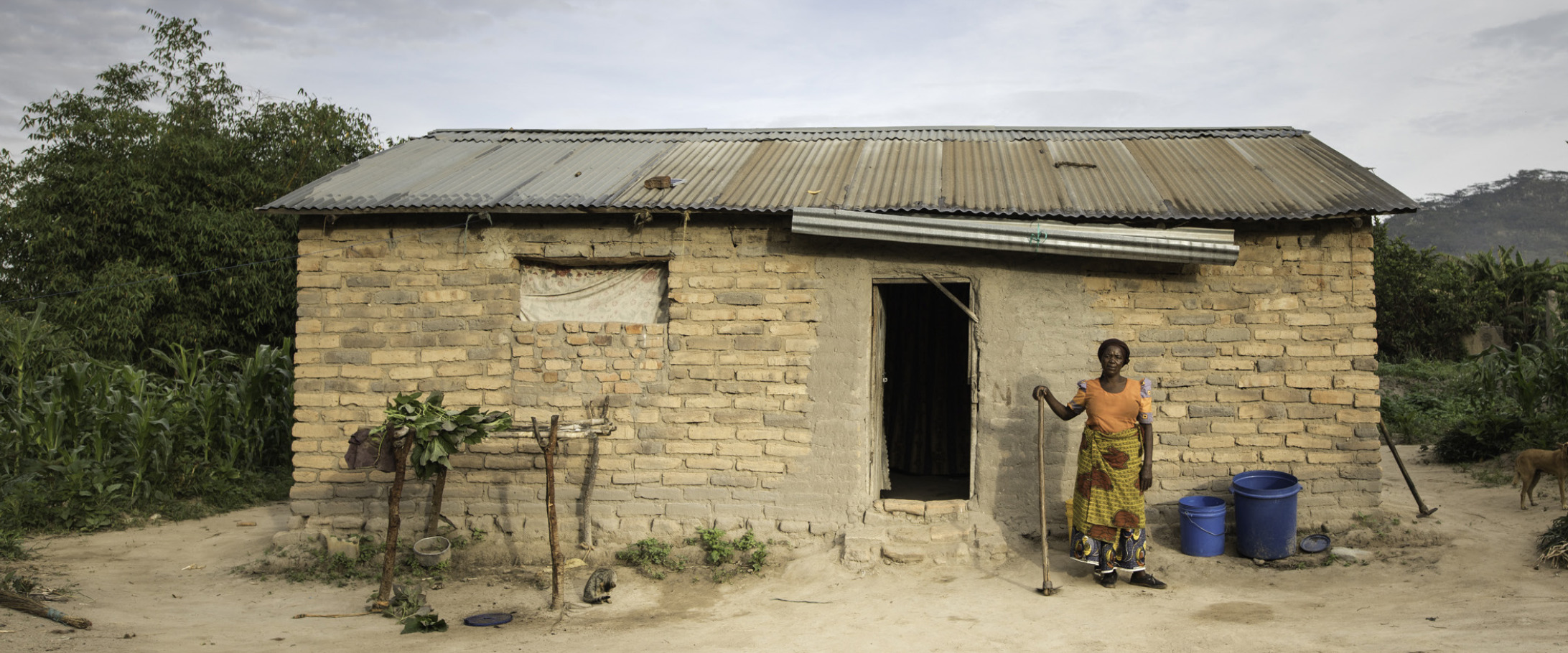Scraps of wood, broken bricks and sheets of corrugated iron are piled atop the foundations where family homes once stood.
Alumita, a mother of three girls, points to the spot in her former home where she huddled her children during the storm.
As the house was crumbling down around them, she used her own body to shelter her daughters. Heavy timber railings collapsed on her back causing injuries and pain that would burden her for weeks.
But she never budged: “I never allowed the fear to take over me,” she said. She remained in that spot until the winds of Cyclone Winston dissipated, moving on to the next village.
More than 540,000 people would be affected that night – 44 of them killed – when the southern hemisphere’s strongest ever storm tore across Fiji on 20 February, 2016.
Like so many who bore the brunt of the massive cyclone, Alumita’s family lost their home and all of their possessions. For months, they have lived in a single-room tent – part of a shelter kit provided by aid agencies for those with nowhere to live. The tents were meant to be temporary, but a year later, many families still don’t have permanent homes.
Across much of the country, the needs are still huge. Many have no choice but to live in shacks haphazardly strung together from the debris of their former homes – corrugated iron loosely tied together with thin wiring; cardboard boxes for flooring. They might keep the rain out but they won’t stand a chance in another strong storm.
Fiji’s northern coast was one of the areas worst affected, and it is a world away from the luxury Fiji resorts many may be familiar with. There are some half-built houses – empty wooden frames which show the promise of a cyclone-ready home – but construction has halted because the funds have run out. As farmers, the Fijians rely on the sale of their crops to earn money to rebuild their houses. And Winston decimated the farmlands. Entire harvests totally destroyed, tools and equipment blown away; they are now farmers without farms.
These are isolated, rural communities where tools and equipment for rebuilding are hard to come by. In some cases, even getting safe drinking water remains a constant challenge. It will take the help of generous donors to provide the tools and funds to rebuild in time. Because critically, time is of the essence: as the Pacific endures yet another cyclone season, the pressure is on for those without homes to find permanent, safe shelter as soon as possible.
In the wake of Cyclone Winston, CARE was able to get shelter kits and hygiene kits to 25,000 people. Items in these kits ranged from soap and toothbrushes to tarps, tools and ropes – all essential for people to get back on their feet. In the months since, CARE and our local partner Live & Learn have also rebuilt hundreds of damaged toilets, restored water supplies and helped communities replant fast-growing crops.
But now, one year on, the need is still great. And the urgency is increasing. Should a cyclone strike again this season, the unsafe shacks housing entire families will become flying debris. Housing frames, which have taken a year to construct, will be reduced to rubble. And yet another harvest will yield no crops. Families will go back to square one.
We can all do our part to help prevent that tragedy from occurring. The key is to help communities become more resilient to these catastrophic weather events, which we know are becoming more frequent.

